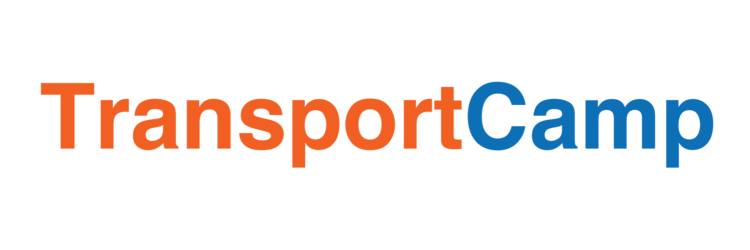Session: 1
Room: Yarra Room
Session Title: Congestion Pricing
Format: Discussion
Presenter Name: Harry Barber
Summary
What is congestion? How & where congestion should be priced?
Car parking can have congestion prices.
Congestion should be priced when vehicle load is within acceptable limits of the road capacity
Data is a critical factor for analysing congestion and the optimum level needs to be established.

